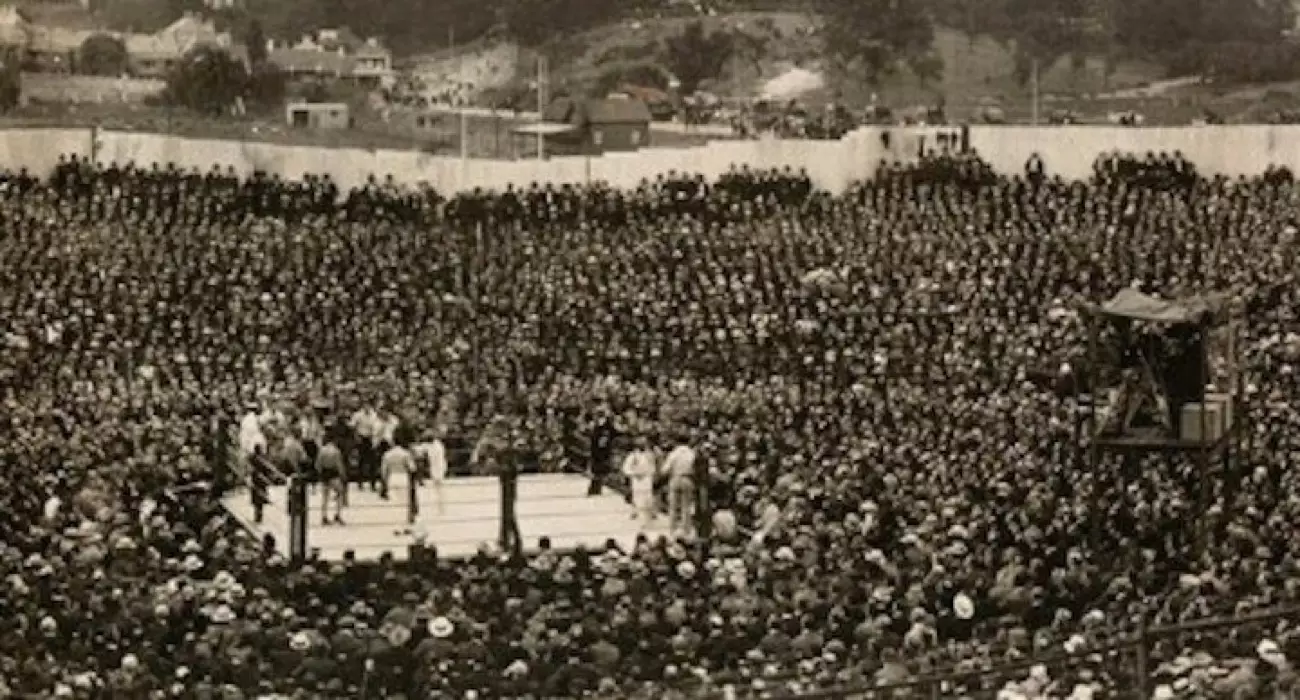In the pantheon of boxing legends, few names evoke as much reverence, admiration, and intrigue as John L. Sullivan. Born in Boston, Massachusetts in 1858, Sullivan was more than just a fighter; he was a spectacle—both in and out of the ring. The moniker “The Boston Strong Boy” aptly encapsulated his tenacity and physical prowess. With a commanding presence standing 5’10” and weighing approximately 190 pounds, Sullivan’s life was characterized by both incredible achievements and dramatic excesses. From his insatiable appetite for fighting to his notorious drinking habits, Sullivan lived a life that seems almost mythical today. His story, riddled with triumph and tragedy, continues to resonate within the sport of boxing.
Sullivan’s rise occurred during an era when bare-knuckle boxing reigned supreme, characterized by grueling, no-holds-barred contests that tested the limits of human endurance. This was a time when padded gloves were practically non-existent, and prizefighting was illegal in many states. Sullivan’s career flourished despite, or perhaps because of, these brutal conditions. He was a formidable opponent known for his brutal knockouts and the intense challenges he posed to all who dared step into the ring against him.
While many fighters have claimed greatness, Sullivan’s reputation dwarfed theirs. Often, the fights he participated in were hardly documented, leaving a plethora of local tales and varying accounts of what transpired. However, his most famous duel, against Jake Kilrain in 1889, stands as a testament to his fighting spirit and skill. This encounter was not merely another fight; it was a battle that would etch itself into the annals of boxing history, marking the end of the bare-knuckle era.
On July 8, 1889, the stage was set for a bout shrouded in secrecy, taking place in Richburg, Mississippi. With bare-knuckle fighting condemned in 38 states, thousands of spectators took to the field for what would become known as the last bare-knuckle championship bout. Sullivan and Kilrain faced off with $10,000 on the line—an extravagant sum for the time that emphasized the stakes involved. The brutal heat of the day, reaching an unbearable 100 degrees Fahrenheit, would only add to the intensity of the contest.
Many believed that Sullivan’s infamous drinking habits would work against him, claiming his legs would fail him if the fight progressed beyond twenty minutes. Kilrain, known for his speed and tactical prowess, aimed to exploit this perceived weakness. As rounds progressed, it became clear that Kilrain’s strategy focused on evasion rather than aggression, hoping to exhaust Sullivan and capitalize on any opportunities that arose. The tension mounted as Sullivan, frustrated by Kilrain’s evasive tactics, lashed out, urging Kilrain to engage in more direct combat.
As the fight stretched into unprecedented territory, both fighters endured relentless punishment. Kilrain aimed to tire Sullivan, but as the rounds wore on, it appeared that Sullivan, against all odds, remained the more resilient of the two. The match showcased Sullivan’s ability to absorb pain and deliver devastating counters, culminating with a remarkable knockdown in the later rounds.
Exhaustion became evident, but the fight marched on into an astonishing 75 rounds, drawing gasps from the crowd. Doctors, anxiously observing, ultimately warned Kilrain’s corner that his fighter was at risk of serious harm if he continued. Sullivan, the portly, hard-drinking fighter, had withstood the conditions and emerged victorious, solidifying his claim to the title.
John L. Sullivan’s victory over Jake Kilrain marked the end of an era in boxing. As the last bare-knuckle heavyweight champion, he faced one final challenge years later when he fought Jim Corbett in the first heavyweight title match governed by the Marquess of Queensberry rules. Though he lost that match, Sullivan’s legacy was already secure. He became an iconic figure, influencing future generations of fighters and embodying the spirit of boxing.
Sullivan passed away in February 1918, at the young age of 59, his life characterized by both brilliance and excess. Meanwhile, Kilrain lived to the age of 78, ironically serving as one of Sullivan’s pallbearers. Their intertwined legacies serve as a reminder of a time when boxing was raw, unforgiving, and captivating.
In examining Sullivan’s life and career, we are left with a rich tapestry of human ambition, struggle, and the relentless pursuit of greatness. John L. Sullivan remains a titan of the ring, embodying the very essence of what it means to be a fighter.

